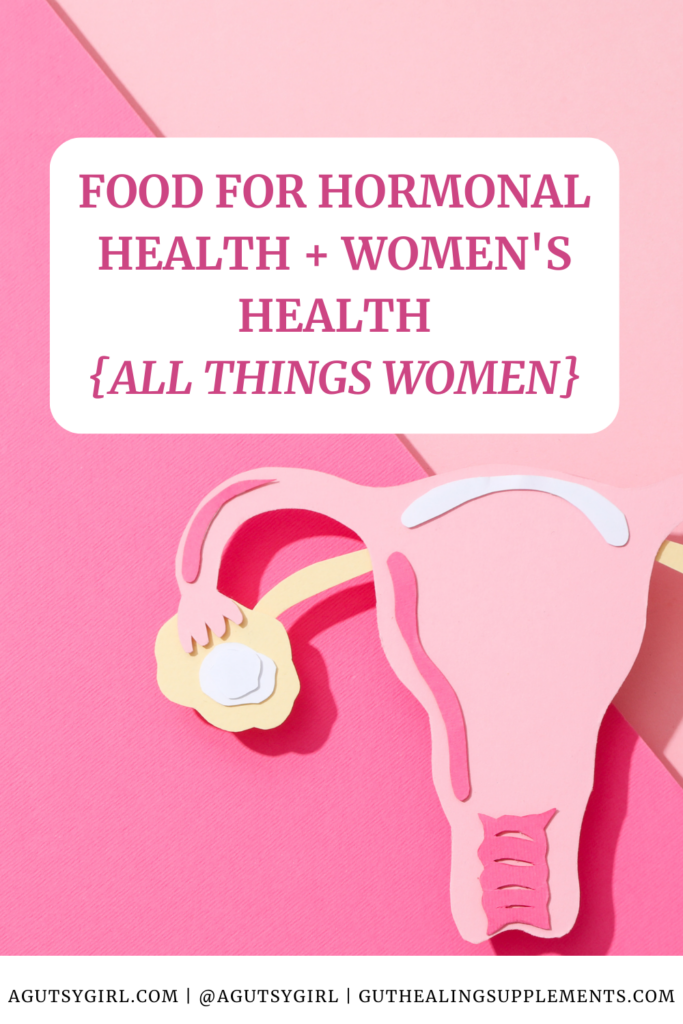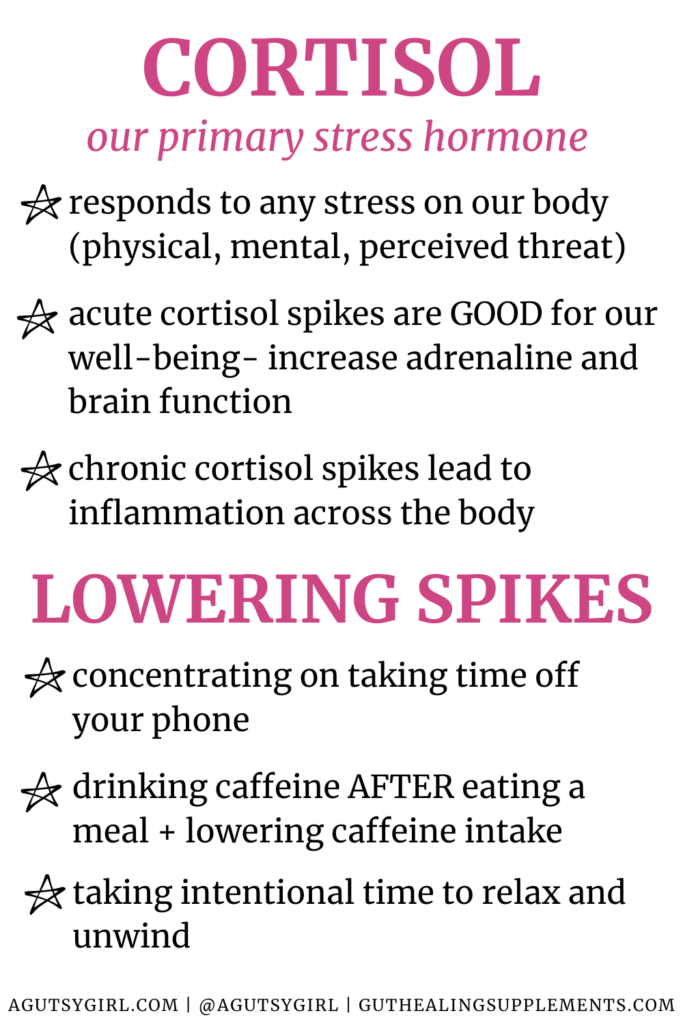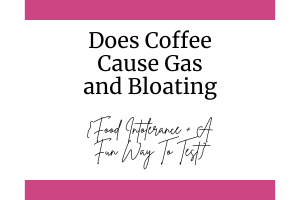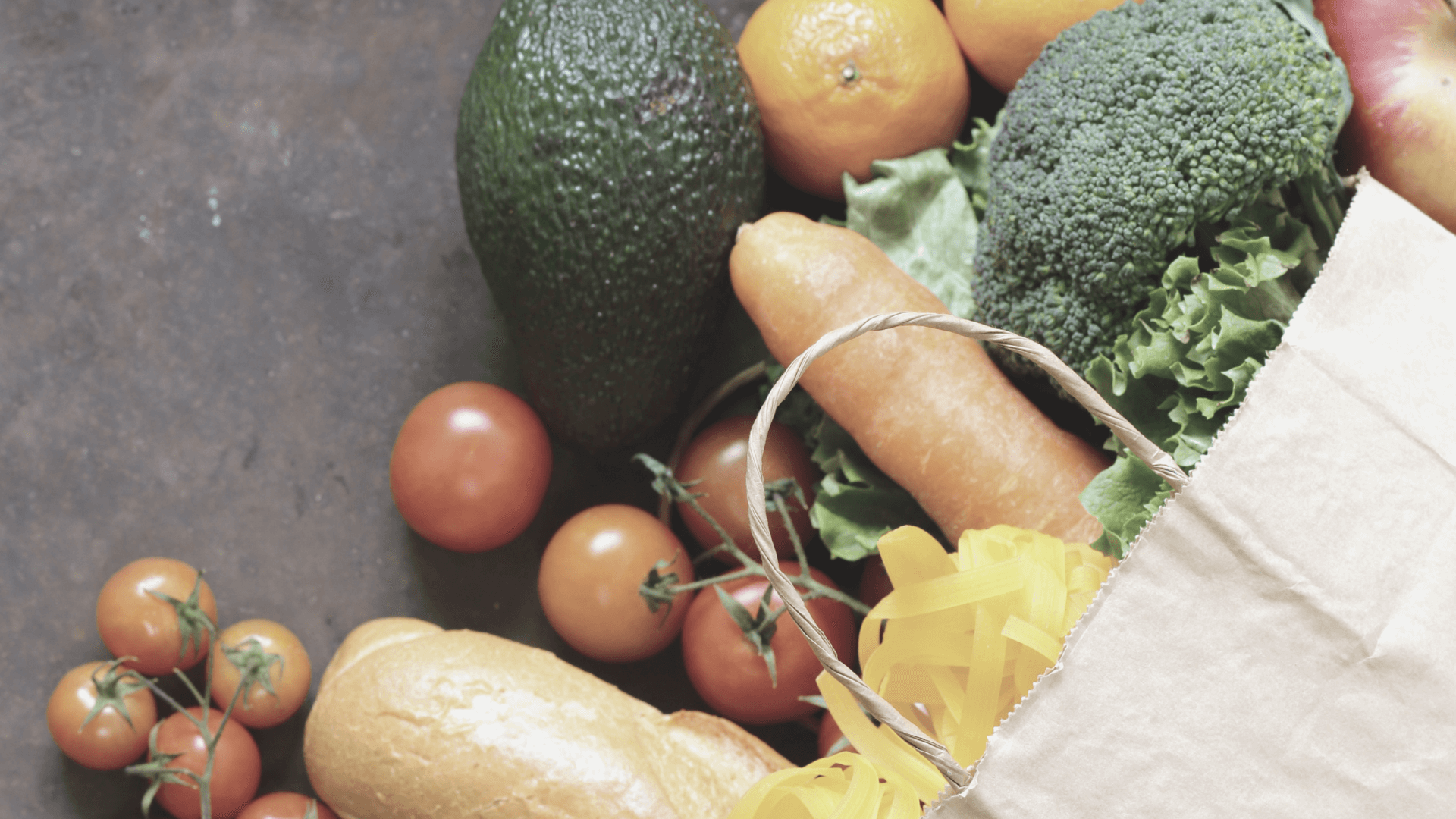What are the best foods for hormone balance? Curious?!
Being a woman is absolutely wonderful. Until it starts to go south.
In Western medicine it has become common practice for women to be under diagnosed and given band-aid solutions for long term problems. While often incredibly helpful, Western doctors are trained to focus on symptom relief rather than resolution of a perceived root cause.
Symptoms such as painful periods, constant pelvic pain, and GI issues are often deemed as “normal” and patched up with a birth control prescription or some pain medication.
Sound familiar?
Don’t worry, you aren’t alone. I too have gone down the rabbit hole of band-aid solutions and temporary fixes for my issues.
But I found a way out of the cycle of short term solutions. I became an advocate for my own health and learned how to work WITH my doctors and practitioners rather than against them.
Today I am going to walk you through some of my own testing and ways that I have adjusted my diet to promote healing and health.
Best Foods For Hormone Balance + Women’s Health {All Things Women}
Click HERE to save this article on the best foods for hormone balance for later.

Let’s get started.
Step One- Testing + Finding Your Starting Point
My personal favorite place to start is with raw data. I am someone who wants numbers and data to back up my symptoms and give me a starting point.
The good news is that you can technically use any blood test that your doctor recommends, but I did some research and found the best way that really covered all my bases.
I used LabCorp OnDemand’s Women’s Health Test which gave me a super thorough overview of every basis of my health.
This is great information to have on hand for any practitioner visit and it can help both you and your practitioner to determine problem areas.
You can find the exact test I used HERE or choose from any of their 50+ other tests.
The test I chose includes:
- Metabolic Panel- function of organs and clues for low energy levels
- Complete Blood Count Test- indicates current activity of the immune system
- Urine Analysis- function of kidneys and detoxification in the body
- Cholesterol and Lipid Panel- indicates balance of fats and identifies possible concerns
- Diabetes Risk (HbA1c)- measures blood sugar levels for diabetes risk
- Thyroid Stimulating Hormone- hormonal imbalance here can indicate issues with metabolism and reproduction
I felt like this was a great starting point for me and truly helped me to see where some of my problem areas may be.
After purchasing my test, I found one of LabCorp’s patient centers, which happened to be only 5 minutes from my house. After a quick blood draw I was completely done.
The wait time for results was only a few days and they emailed me back my results, which made it super easy to share with my doctor.
Here are some of my findings after getting my lab values back:
I personally found some huge red flags in my metabolic panel, which was honestly a bit surprising.
Here were some of my red flags:
- super high BUN/ creatinine ratio- these are two waste products that are filtered by the kidneys
- high albumin- protein that circulates in blood and carries nutrients and hormones to tissues
- high A/G ratio-ratio of protein produced by liver
Since I am not a doctor, I can not diagnose myself with anything, but I do see a trend of poor detoxification in my body as well as stilted liver function.
My CBC panel was relatively normal, meaning my body is not currently fighting an active infection.
My urinalysis was also relatively normal, besides a couple signs of poor detoxification.
The lipid panel was also a bit unexpected with high triglyceride levels. This puts me at risk for heart disease, so I definitely want to focus on lowering those to avoid any chronic diseases.
My hemoglobin A1c was normal, indicating no current diabetes risk.
My thyroid stimulating hormone levels were right below the cut-off, falling in the normal range. I still do think my thyroid is functioning at a lower level than I would like, but that is something I still need to discuss with my practitioner.
Benefits of Testing
I think that investing in a panel like this is extremely helpful, whether you have current symptoms or not.
It provides a wide range of health information that can be valuable to your practitioners and help identify any current or potential future health issues.
Data is powerful, especially in the world of medicine and healing. Your knowledge of your body in tandem with lab data can be the missing piece your practitioners need to figure out problem areas and prevent future ones from developing.
While lifestyle and diet changes are critical for healing, we need to get to the root cause of our symptoms to fully mend our body.
Step Two- Lifestyle Changes and Diet For Cycles
The next step I took towards healing was adjusting my diet and lifestyle in a way that optimized MY needs as a female.
Since hormonal health is such a critical part of female health, I took the time to truly understand my menstrual cycle.
As women, our bodies do not follow the normal 24/7 consistency that males do, but rather a cycle that hinges around our periods and hormonal release.
Our cycle is split up into 3 distinct phases- each which has a very different effect on our body. Here are some of the changes I made to ensure that I was optimizing hormone balance across each phase to avoid any sort of hormonal imbalance.
FOLLICULAR PHASE
This is the phase where follicles are being formed (tissue that houses our eggs). In this phase estrogen levels are fairly high which results in high energy and generally better moods.
To optimize this phase I:
- daily diet with a focus on eating a wide diversity of micronutrients
- exercise with low-impact movements but can add in some more difficult workouts as well
- emphasis on cruciferous vegetables- great for liver health and supporting proper detoxification (brussels sprouts, broccoli, cauliflower)
LUTEAL PHASE
This phase can be a real downer, and our body needs some extra support during this time. Progesterone spikes, which increases feelings of fatigue.
In this phase I:
- eat lots of animal products, quality protein – high in B vitamins to support nervous system functioning
- focus on incorporating healthy fats
- add in warm foods- digestion can be impaired and this helps to soothe digestive tract
- focus on very low-impact movement- my energy is often low and I don’t want to push my body
- including flax seeds or chia seeds- promotes bowel movements since digestion is slow

MENSTRUATION
Here is the actual bleeding phase, where progesterone and estrogen levels off.
In this phase I:
- prioritize rest and relaxation
- continue optimizing food diversity
- include magnesium rich foods for muscle relaxation- seeds, spinach, oats
Making these changes has helped me to feel better all around and better support my hormone health.
I also make sure to emphasize a diet that includes a good amount of healthy fats. Contrary to the reputation they get, fats are actually essential for our well-being and health. They help to protect our cells, make hormones that regulate cycles, and encourage reproductive health.
Some of my favorite fat sources that I include on a daily basis include:
- coconut oil
- avocados
- nut butters such as almond and sunflower (I personally don’t do peanuts because of the mold)
- seeds (my favorite are walnuts yum)
- fatty fish such as salmon
- (dairy products)- I personally am sensitive but they are a great source of healthy fats as well as calcium
These good fats are nourishing and healing for the body.
Step Four- Optimizing Gut Health
Most women have much to be desired in terms of gut health. Imbalances in hormones can lead to gut issues and vice versa, so both are KEY for overall health.
My own gut healing journey was a LONG one, but yours truly doesn’t have to be.
If you aren’t quite sure where to start, I have a whole course to help you step by step either heal your gut or prevent future gut issues.
You can find Gut Healing for Beginners HERE.
Some of the steps I took in this area included finding the root cause of my GI issues and healing through a combination of lifestyle, diet, and supplemental changes. I identified my root cause with a practitioner and worked from there.
Changes that made the biggest difference for me were:
- finding supplements that helped to address underlying issues- such as parasites, yeast overgrowth, and bacterial overgrowth
- addressing underlying inflammation levels by adding in soothing herbs such as peppermint, DGL, slippery elm, and marshmallow root that have anti-inflammatory properties
- prioritizing gentle movement over hard hitting workouts
- sleeping enough and on a regular schedule
- implementing a healthy diet that is diverse enough to maintain optimal gut microbiome without being overly aggravating on my gut
- including different COLORS of plants- different phytochemicals and micronutrients
My entire website is all about gut health, but here are some stand-out posts that may be helpful for you as you begin your gut healing journey.
- Best Supplements for Beginners
- How I Healed SIBO Long Term
- Master List of SIBO Healing Tools
- Leaky Gut
Step Five- Lowering Cortisol Levels
Cortisol, our primary stress hormone, has a SIGNIFICANT impact on the health of our entire body. It is a huge driver of inflammation across all of our organs, which can result in long term issues such as autoimmune disorders, heart issues, or detoxification problems.
Cortisol is released when our body is in any sort of stress, whether that be self induced or mentally induced. Although we can not remove every source of stress in our lives, we can do our best to lower cortisol release whenever possible.
Some ways I have started lowering my cortisol throughout the day includes:
- taking time in the morning off of my phone- prevents heightened cortisol
- eating before drinking any caffeine to reduce stress on adrenals
- lowering caffeine intake and swapping for options that don’t spike cortisol immediately- swapping matcha for coffee
- taking time to decompress in the evening- creating a routine that involves time off of all electronics and self-care
Stress levels can be hard to decrease, but it is critical for proper health and healing.

Step Six- Working + Finding A Good Practitioner
White steps 1-3 are all things you can do on your own, it is important to find a practitioner you trust to deal with any overarching health concerns or possible diagnoses.
My favorite practitioner has been a doctor who mixes Western and holistic medicine. He relies on information from tests such as blood, imaging, and scans, but also combines it with a knowledge of the entire body and a root cause approach.
We have been working on some of my personal issues for quite some time now, so I know that bringing in a new comprehensive lab test will significantly help us as I continue to heal.
I plan to bring up some of my current thoughts based on my blood work I just had done and make adjustments from there. We also will most likely continue to monitor my abnormal lab values with LabCorp OnDemand’s blood tests, just to make sure we are progressing in whatever treatment we use.
While there is no RIGHT practitioner, it is important to find one who truly addresses you as a whole, and is willing to do the hard work to find root causes. They can play such an important role in your healing if you take the time to find the right fit.
Some possible practitioners include:
- dietitians
- functional doctors
- GI doctors
It can take some time and patience to find a good practitioner, so don’t be discouraged!
I hope you all enjoyed this in-depth look at health from a female perspective. Let me know if you have any questions down below.
If you liked this post, you might also enjoy:
- How to Drink or Eat More Green Tea
- Hormonal issues; Is This Normal (Episode 95 with Dr. Jolene Brighten)
- Endocrine System; Skin Health and Endocrine Disruptors
Disclosure: This post was sponsored by LabCorp. All opinions started here are 100% my own. I appreciate your support, as this compensation helps with expenses to keep this website up and running, and for me to continue sharing all that I can with you. Some of the links in this post are affiliate links. This means if you click on the link and purchase the item, I may receive a small commission at no extra cost to you.
Xox,
SKH
Janie Greene is






